Apple AirTag
After a long-awaited time, Apple finally launched its own version of a lost item tracker, called AirTag.
I got mine on the 4th May 2021, four days after the official launch because I chose to have it engraved.
It comes in 1-pack or 4-pack. Pricing-wise, I think it is competitive. 1-pack retails for S$45, while 4-pack retails for S$149 (works out to be S$37.25 per AirTag).
If you are on Apple Corporate Employee Purchase Program (EPP), it cost S$40.66 and S$133.75 (works out to be S$33.44 per AirTag) for the 1-pack and 4-pack, respectively.
I like that Apple has made the CR2032 battery replaceable and CR2032 is widely available and cheap (S$0.50 each). According to Apple, the battery life for each AirTag is about one year.
Apple gives Tile a run for their money. All the excellent Tile features require a paid subscription, and most Tile trackers have non-replaceable batteries, which makes it more expensive in the long run.
Not forgetting that Tile doesn’t use Ultra-wideband (UWB), it is not as precise as Apple’s AirTag.
Also, Apple has way more users using iPhone than Tile. So if your item that has been AirTag is reported lost, the chances of someone finding it is much higher.
For more information, you can checkout MacRumours’s article on AirTag vs. Tile Buyer’s Guide.



For this 4-pack, I will be giving Li Xiang two AirTags to tag her car key and the other for her handbag.
The other two will be for me to tag my car key, which is in my pouch, and my lanyard holding my office pass, which is in my backpack.
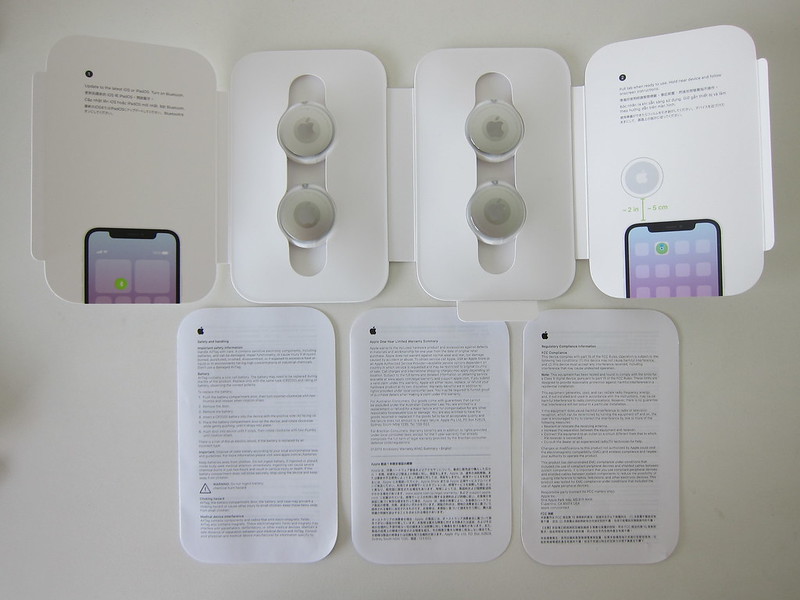
Size-wise, it is slightly bigger than Singapore’s $1 coin.
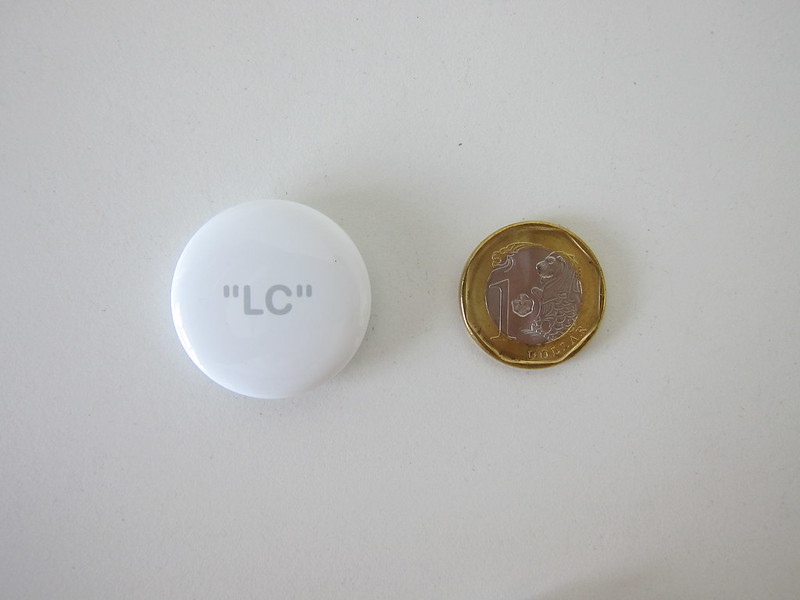

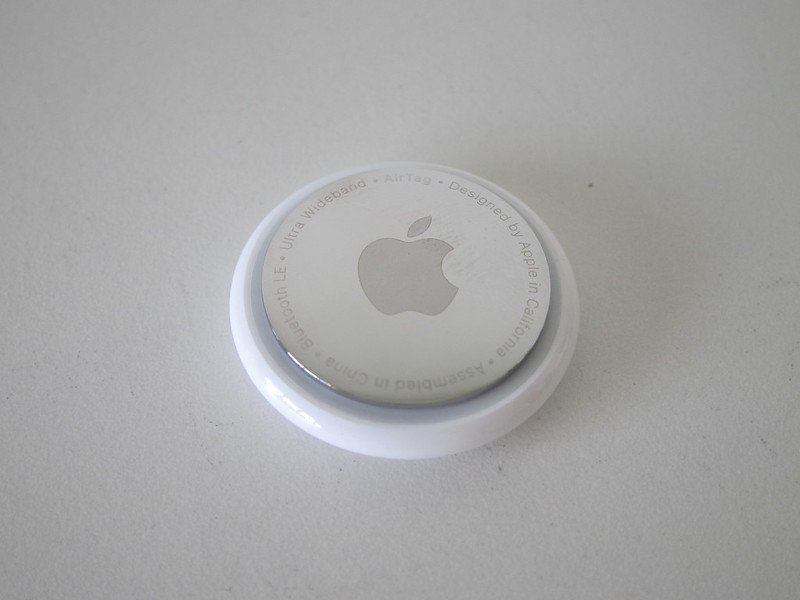

Setting up took me less than a minute, remove the plastic wrap from the AirTag and bring it close to your iPhone and follow the on-screen instructions.
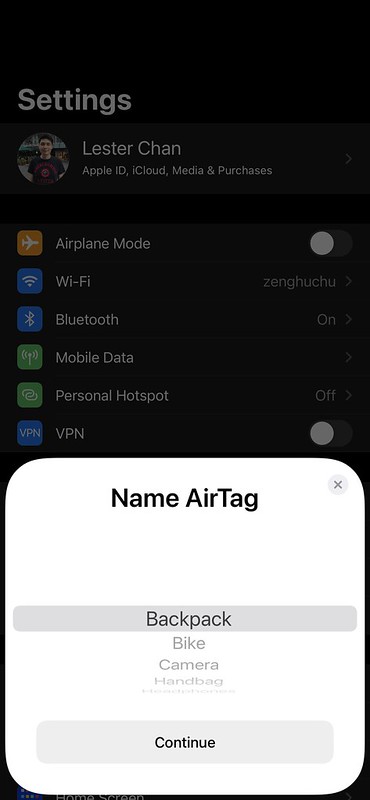
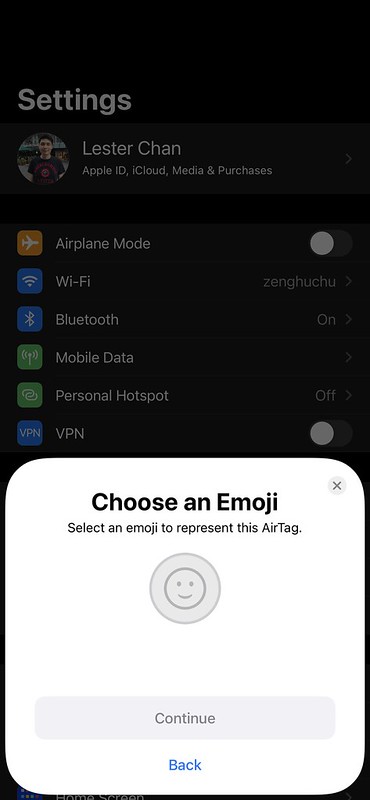
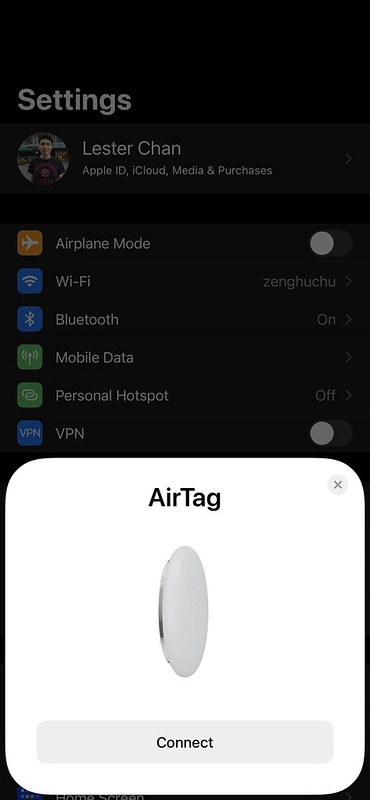
Do note that you can associate a maximum of 16 AirTag per Apple account.




